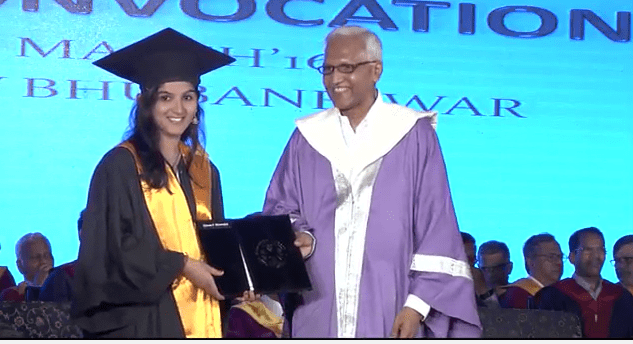When we talk about diversity and inclusion, we only talk about gender, race, ethnic, religious, neurological, physical disability, sexual orientation based diversity. However, there is another diversity, which is ignored which is linguistic diversity. Currently there are 7000 languages in the world amongst which 3000 are considered endangered. India alone has 197 languages in various stages of endangerment.
Are we focusing too much in STEM education and global etiquettes that we have chosen to ignore our cultural and linguistic intelligence? As a culture enthusiast, I tend to read a lot about multiple cultures and languages, especially those which are ignored or near extinction. Here are some interesting views on the same.

Since 1961, India has lost 220 languages. India considers those languages which have less than 10,000 speakers. These languages are not added in the official language list of the constitution. As a result, many languages spoken by small groups got gradually forgotten. Thanks to increasing importance to learn western languages to get work opportunities abroad, schools also started emphasizing more on learning the high demand languages. The third issue was lack of written script in many indigenous languages. India has 21 tribal languages and 74 dialects, however, only Santali, Ho, Soura, Munda and Kui, have a written script. Except Santali, others are not in included in the constitution. Bodo is another tribal language which is included in the constitution. However, some languages like Gondi (spoken in Odisha, Chhattisgarh, Maharashtra), Bhili (Maharashtra, Rajasthan, Gujarat), Mizo (Mizoram), Garo and Khasi (Meghalaya) and Kokborok (Tripura) are now showing an upward trend due to cinemas and plays being written on them. There are movies in Gondi and Bhojpuri which are getting a lot of traction.
Not only in India, the issue stems in several countries with rich indigenous heritage like Irish Gaelic (spoken in Ireland), Krymchak (spoken in Ukraine), Okanagan Colville (spoken in Canada), Ts’ixa (spoken in Botswana), Ainu (spoken in Japan), Rapa Nui (spoken in Easter Islands), Yagan (spoken in Chile) and Saami (spoken in northern regions of Norway, Sweden, Finland, and Russia) are in the Catalog of Endangered Languages (ELCat). Many other languages are no longer being taught to new generations of children or adults, and when their last speaker dies, they will go extinct. Recently, Majhi language in Sikkim officially died when the last speaker Thak Bahadur Majhi of Mahjigaon in Jorethang district in Sikkim state died.
The inclusion of Mother Tongue based Multiple Lingual Education will help integrate indigenous knowledge systems alongside modern sciences in the curriculum of schools. In the workforce some 10-20 years from now, we will see a better representation of several communities in our talent pool when language barrier is removed and most of them have got access to standardized education. Learning old languages bring us closer to our roots and help us connect the dots of the journey of our evolution. It promotes a culture of pride and heritage. I think we corporate citizens can contribute some small steps in this regard by promoting our respective mother tongues by helping our younger generations fall in love with our mother tongues.
Tags: diversity inclusion languageYou might like reading:

10 Things every MBA student should follow
Over the past few weeks, I have received lots of queries in terms of how incoming MBA students should prepare themselves for B-school life in this VUCA world. In this regard, I feel that there are basic pointers that every student should follow in order to build a strong foundation for their career ahead. Here are 10 pointers to follow: […]

Xavier University Bhubaneswar, Celebrates Convocation at XIMB Campus
Xavier University, Bhubaneswar (XUB), one of the leading private universities of India celebrated the 2nd convocation ceremony. A batch of 578 students graduated from various programmes of MBA in Business management, Rural Management, Human Resource, Part Time MBA and Mass Media Journalism &Communications. Welcoming the guests, faculties and students, Prof. Dr. Fr. Paul Fernandes S.J., Vice-Chancellor & Director XUB, in his […]






























